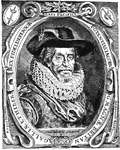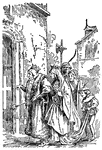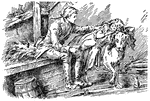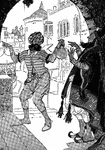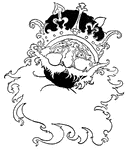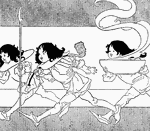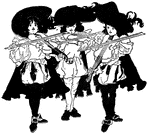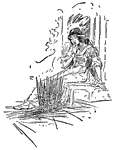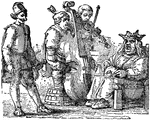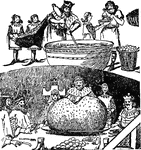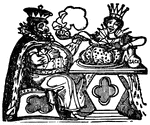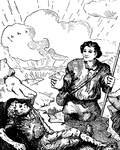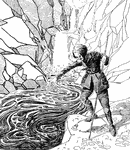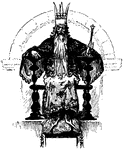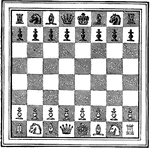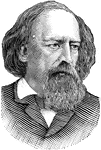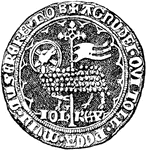
Agnel
"Agnel of John II., King of France. Agnel- A French gold coin bearing a figure of the paschal lamb,…
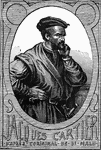
Jacques Cartier
Jacques Cartier, voyager of St. Malo, coasted along the north of Newfoundland in 1534 and passed through…

Anomalops Palpebratus
"A genus of fishes, typical of the family Anomalopidæ: so called from the remarkable structure…

King crab
"It is among the largest of crustaceous animals, sometimes measuring as much as two feet in length.…
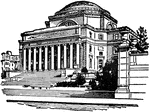
Library of Columbia University
"Columbia University is a seat of learning in New York city. The charter of King's College, the original…
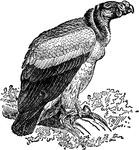
King Vulture
"A Vulture is any member of the family Vulturidæ included among the birds of prey. In all the…

Tomb of Midas
"Midas was, in Greek legend, a King of Phrygia. For his kindness to Silenus he was promised by Dionysus…
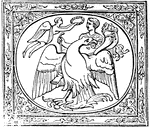
Apotheosis
"The enrollment of a mortal among the gods. The mythology of Greece contains numerous instances of the…

Cantharus
"A king of drinking cup, furnished with handles. It was the cup scred to Bacchus, who is frequently…

Sphinx
"Sphinx is a Greek word signifying 'strangler,' applied to certain symbolical forms of Egyptian origin,…
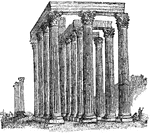
Temple of the Olympian Zeus
"Athens is said to have derrived its name from the prominence given to its worship of Athena by its…

Aeneas and Ascanius
"The following cut, taken from one of Sir W. Hamilton's fictile vases, and representing Aeneas followed…

Coin of Diviciacus
The Coin of the King of the Suessiones, Diviciacus, with bust on front and prancing horse on back. Front.
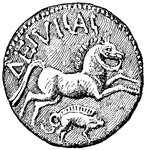
Coin of Diviciacus
The Coin of the King of the Suessiones, Diviciacus, with bust on front and prancing horse on back. Back.
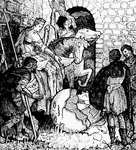
Humpty Dumpty
Humpty Dumpty sat on a wall; Humpty Dumpty had a great fall; And all the King's horses and all the King's…
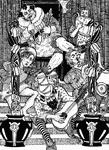
Tweedle Dee
Old King Cole was a merry old soul, and a merry old soul was he; He called for his pipe, and he called…

Queen of Hearts
The Queen of Hearts, she made some tarts, all on a summer's day; The Knave of Hearts, he stole those…
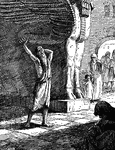
Mordecai Cries out at the City Gates
"Now when Mordecai knew all that was done, Mordecai rent his clothes, and put on sackcloth with ashes,…

Esther Hosts a Banquet for King Xerxes and Haman
"So the king and Haman came to banquet with Esther the queen." Esther 7:1 ASV King Xerxes and Esther…
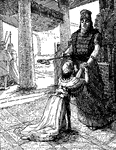
Esther Approaches King Xerxes
"Now it came to pass on the third day, that Esther put on her royal apparel, and stood in the inner…

Cavalier
What a Cavalier wore. The name Cavalier originally related to political and social attitudes and behaviour,…
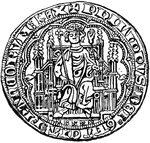
Chaise
The front of a French gold coin first issued by Louis IX. in the thirteenth century. It was equal to…
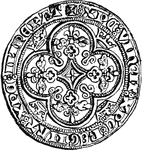
Chaise
The rear of a French gold coin first issued by Louis IX. in the thirteenth century. It was equal to…
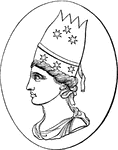
Tiara
"Tiara or Tiaras, a hat with a large high crown. This was the head-dress which characterized the north-western…
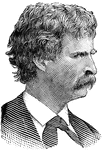
Mark Twain
Mark Twain's real name is Samuel L. Clemens and is famous for his books, The Adventures of Huckleberry…
